Doyle Lane (1925–2002) Born in New Orleans, was an African-American ceramist recognized for his tactile glazes and inventive designs.
From tiny vases and ceramic sculptures to large-scale clay paintings and mosaics, his work was diverse. Lane attended the University of Southern California and maintained a studio in the East Los Angeles neighborhood of El Sereno.
About Doyle Lane
Doyle Lane (1925–2002) was an African-American ceramicist who was most recognized for his tactile glazes and inventive designs.
It was a diverse body of work that included anything from tiny vases and ceramic sculptures to large-scale clay murals and mosaics.
East Los Angeles’ El Sereno neighborhood was home to Lane’s studio, which he ran from there. A number of famous African American art galleries in Los Angeles during the mid-twentieth century, including Brockman Gallery in Leimert Park (1968) and Ankrum Gallery on La Cienega Boulevard (1967, 1968), hosted exhibitions of his work during that time period.
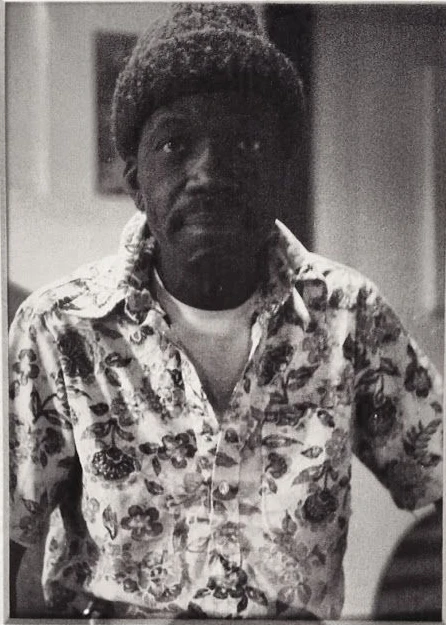
Doyle Lane’s Education And Career
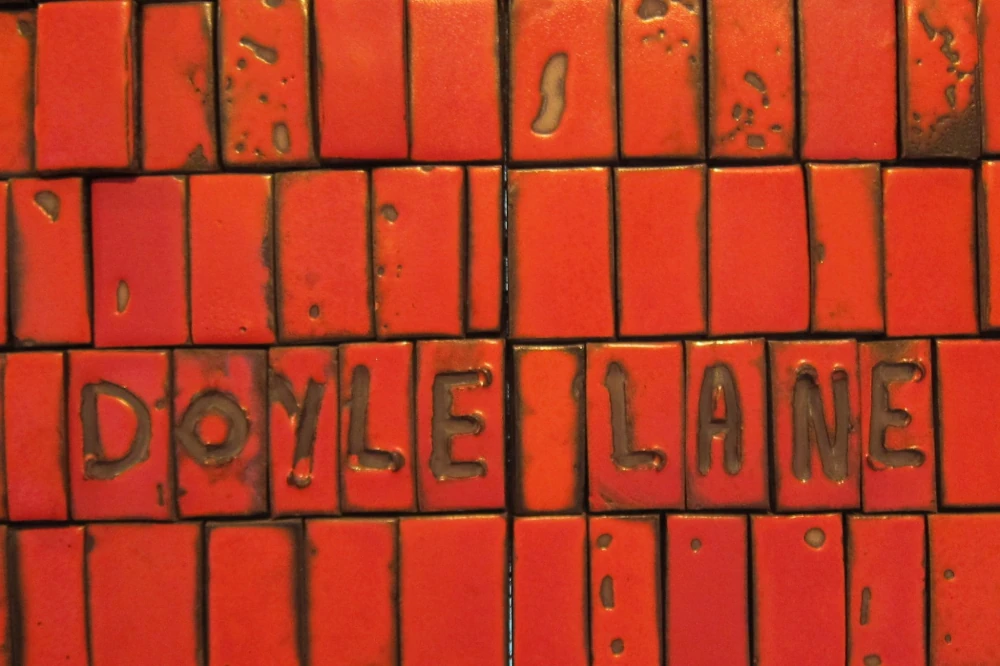
Although he was born in New Orleans, he made his way to Los Angeles in the early 1950s. He received his education at Los Angeles City College and East Los Angeles City College before enrolling at the University of Southern California’s School of Journalism.
As a glaze technician at L.H. Butcher and Company, he gained valuable experience early in his career. His studio ceramics practice later became self-sufficient, and he was able to sustain himself.
The fact that Lane was able to maintain a long career and support himself solely through the sale of his art, without teaching or pursuing another profession, was a significant accomplishment in and of itself, especially given the limited opportunities available in the worlds of art and design that favored the work of white artists.
In his practical working philosophy, he seemed to be influenced by both circumstance and temperament. By focusing on the development of his skill and aesthetic sensibility rather than attempting to attract attention through grand gestures, Lane put matters into his own hands.
Doyle Lane’s Most Fascinating Fact
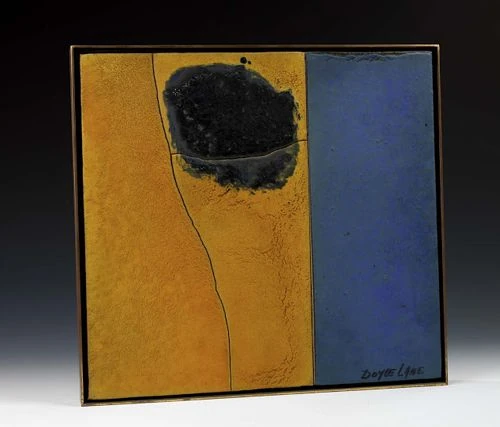
The interesting thing about Doyle that I find is although he studied ceramics at the University of Southern California, it wasn’t long before he started experimenting with his work, making big, flat sculptures that were put on the walls like three-dimensional murals.
In a description, Lane referred to these constructions as “clay paintings,” and he embellished them with various glazes to produce unexpected combinations of color and texture.
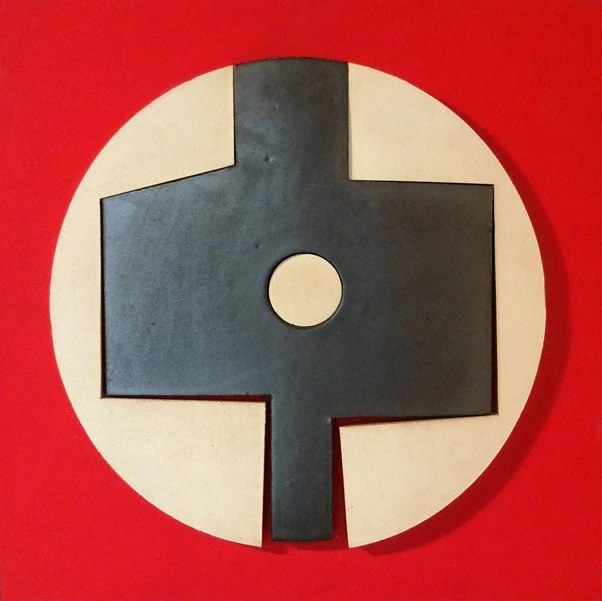
This is a radical departure from where he began his professional career as a ceramist, creating functional vessels for everyday use.
The Fascinating “Orange Wall” by Doyle Lane
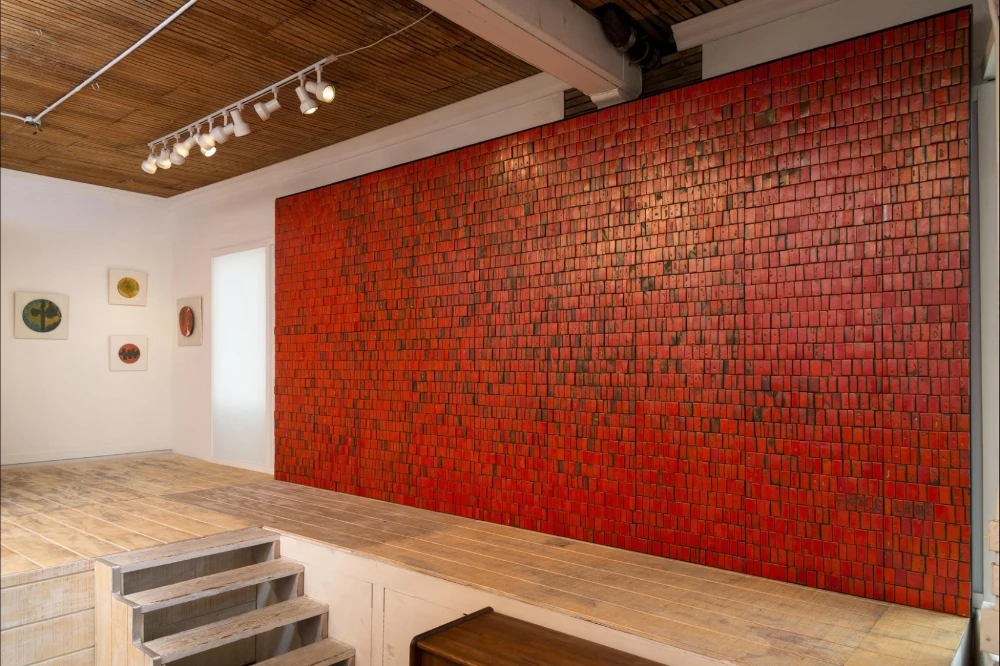
Several years ago, I believe it was a review in the Los Angeles Times that stated that Doyle Lane’s Orange Wall (a 1964 tile mural commissioned for Mutual Savings and Loan, Pasadena) was to be donated to “an as-yet-unnamed Southern California museum,” and that it had been donated.
It turns out that the Huntington is the museum in question. The Lane mural, according to the institution, will be one of several pieces of American mid-century modernism that will be exhibited in and around the Steven S. Koblik Education and Visitors Center, which will be built as part of the new entrance complex.
In the world of modern design collectors and postmodern artists, Doyle Lane has developed a cult following. Ricky Swallow and Takashi Murakami are among those who adore him. Even though Lane was of African-American descent, his work frequently has a Japanese or Zen feel to it. He is most well-known for his weed pots, which are just large enough to house a sprig of weed.
Lane also created flat, wall-mounted pieces in abstract expressionist and hard-edged styles, as well as works on canvas. Both John McLaughlin and Frederick Hammersley, two other Japanophiles, were inspired by the aesthetic of the latter.
An interesting fact about the New Orleans-born Lane is he lived in El Sereno, sold pots door-to-door, and showed at the Davis brothers’ Brockman Gallery in Leimert Park. Lane never did political art, though he was once restrained by police while working on a residential commission in Pasadena. He donated his archive, and a set of works, to the California African American Museum.
The mural was described by Ricky Swallow:
“This phenomenal field of tiles is the largest realization and endorsement for Lane’s methodology—the medium is the message. The buzzing field of literally hundreds of rectangular clay tiles in burnt orange to red is beautifully overwhelming as a physical passage of information—a thing as solid in its intention as the building it was housed in. The prominent signature scribed into the lower right side of the piece, one letter per tile is an endearingly simple tag. It floats a little high rather than resigning itself to the bottom corner of the piece, as if to say DOYLE LANE was here.”
For Lane, his 2D ceramic pieces were an experiment in creating paintings that could be presented in an outdoor setting. “Why don’t you take your paintings outside?” he inquired.
Doyle Lane’s Fascinating Weed Pots And Vessels

Lane’s weed pots got its name because they were created to store individual sprigs of herbs and dried flowers, hence the name. A vase that holds a single twig.

They can be categorized as California ceramic modern art, and when examined as a set of vessels rather than as a single vessel, they are really intriguing to look at. Taken together, they can serve as both a statement of architectural design and a presentation of information.
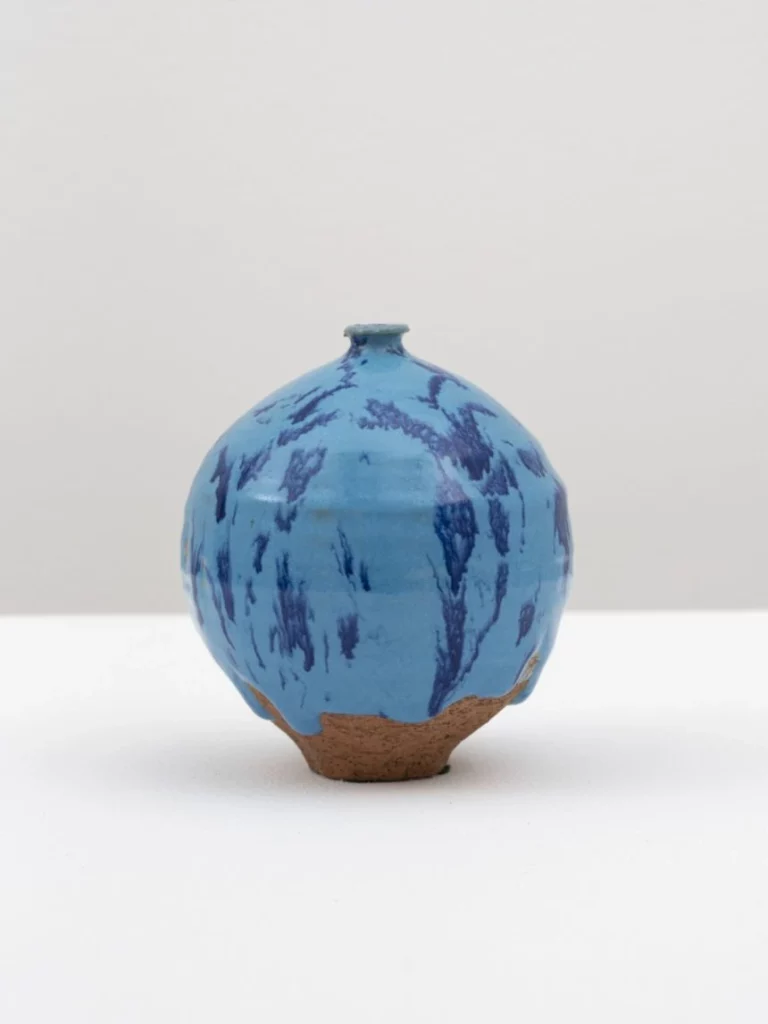
Each container has a matte glazed finish done in a variety of colors, which not only adds interest but also provides a glimpse into Lane’s true artistic ability.
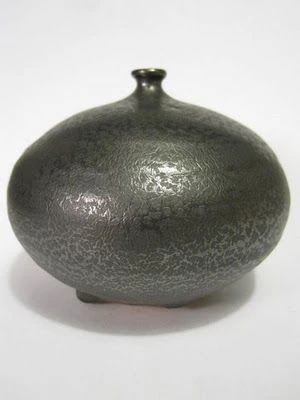
Doyle Lane”s Commissions
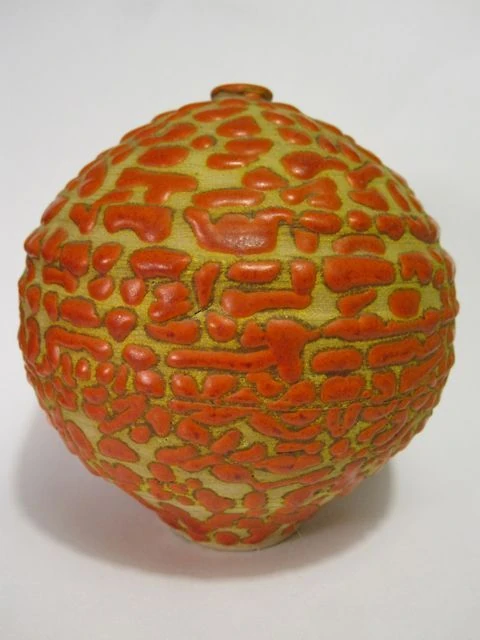
Lane created large-scale clay paintings at a variety of notable locations in Southern California.
- California Lutheran Nursing Home and Health Center (Alhambra)
- Golden State Bank (Downey)
- Equitable Savings and Loan (Canoga Park)
- International Children’s School (Los Angeles)
- Miller Robinson (Santa Fe Springs)
- Mutual Savings and Loan, 1964 (Pasadena), acquired by the Huntington Library
- Pantry Foods (Pasadena)
Doyle Lane”s Public Collections
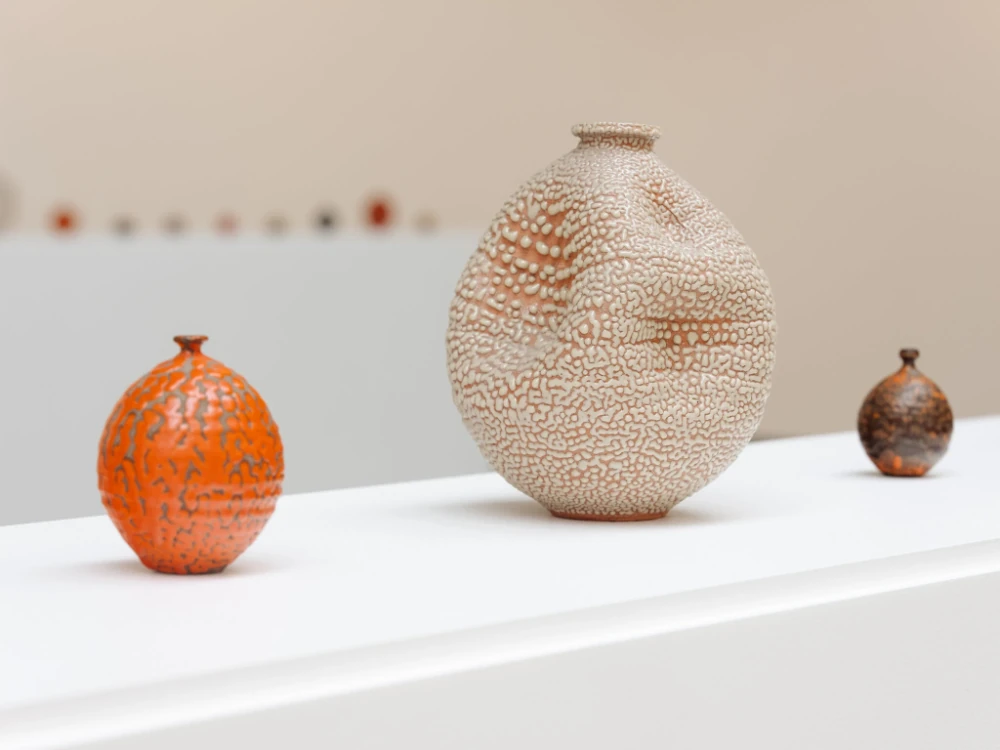
- Los Angeles County Museum of Art
- Oakland Museum of California
- California African American Museum
- Smithsonian American Art Museum
- Huntington Library
Doyle Lane”s Exhibitions
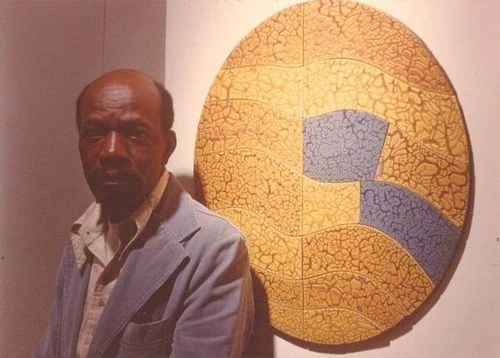
- California Design 4, Pasadena Art Museum (1958)
- California Design 5, Pasadena Art Museum (1959)
- California Design 6, Pasadena Art Museum (1960)
- Ankrum Gallery (1967)
- Ankrum Gallery (1968)
- Brockman Gallery (1968)
- Objects: USA (1969)[5]
- California Black Craftsmen, Mills College Art Gallery (1970)
- Solo exhibition at Los Angeles City College Art Gallery (October 1977)
- California Design 1930-1965: “Living in A Modern Way,” Los Angeles County Museum of Art (October 1, 2011- June 3, 2012) (Modern Art What You Do Not Understand)
- Doyle Lane: Clay Paintings, The Landing at Reform Gallery (solo exhibition, May 1-July 5, 2014)
“When you’re seeking fame, you force yourself to try and become clever and to be better than somebody else, which can be a very unhealthy situation there. I think the best way to seek fame is not to seek it, and to do just what you have to do or can do and let it go at that. To be spiritual is to be balanced.”
by Doyle Lane





